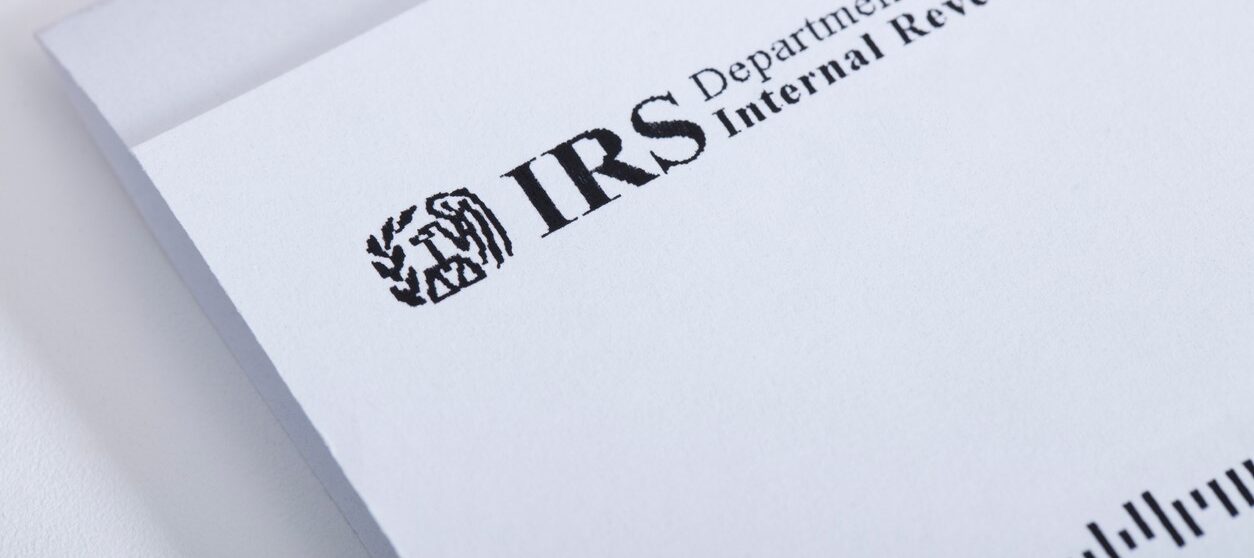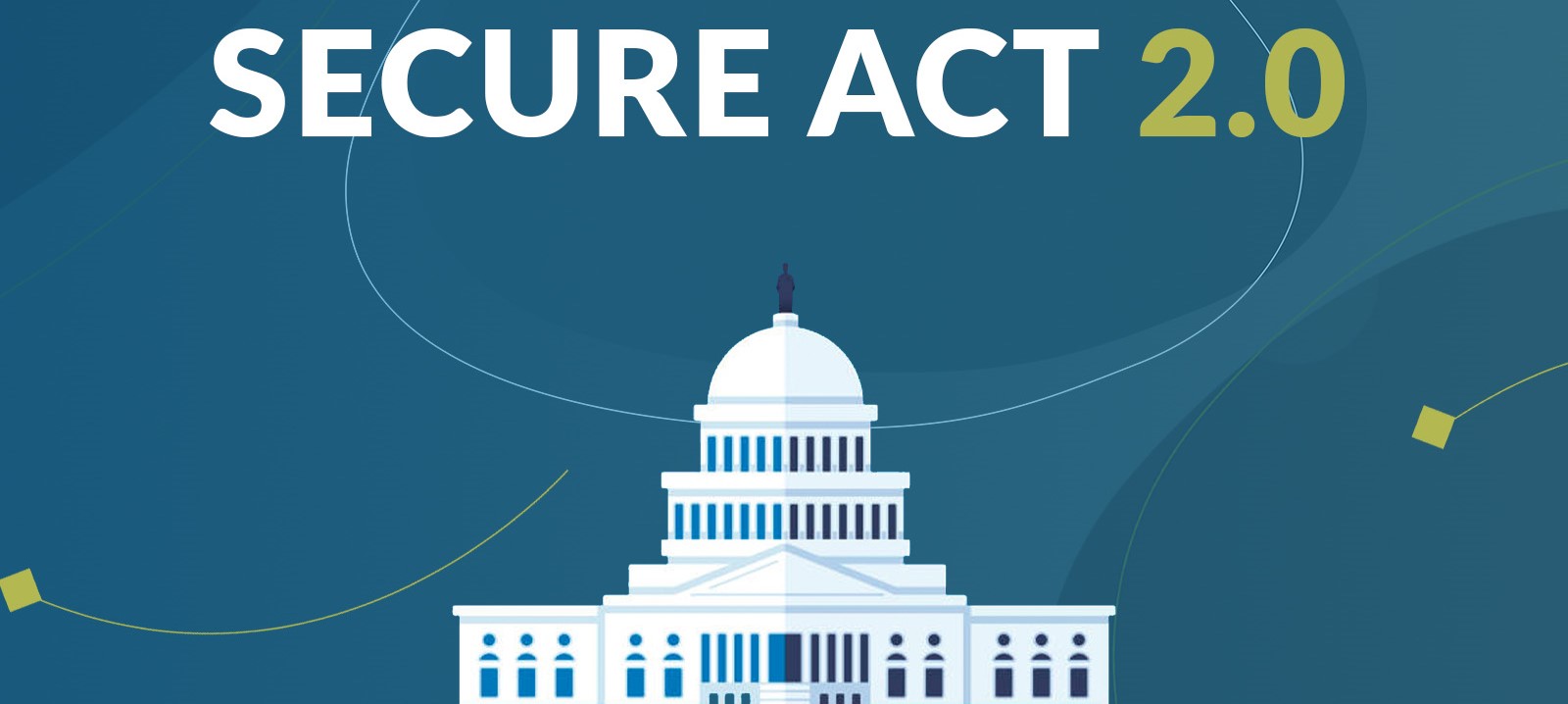Like most everything else these days, the price for receiving an IRS private letter ruling (PLR) has recently gone up.
A person will request a private letter ruling to receive the IRS’s blessing that a specific tax transaction won’t violate the tax code or IRS regulations. Therefore, a PLR is specific to the particular tax situation of the person requesting it. Practically, however, other taxpayers with similar circumstances often will rely on a published PLR.
There are three problems with requesting a PLR.
First, it often takes the IRS a long time – sometimes nine months or longer – to issue a ruling. By that time, it may be too late for the PLR to provide any meaningful relief.
Second, PLRs are expensive. As of July 1, 2022, the filing fee for requesting a PLR increased from $10,000 to $12,500. And, an attorney or tax expert will charge thousands of dollars more to do the actual filing for you.
Lastly, there’s no guarantee that the IRS will rule in your favor. Unless you’re facing a very large tax matter and have the funds to pay the cost, a PLR isn’t a good option.
Fortunately, there are ways to avoid having to go to the IRS for a private letter ruling. One way is to make sure your IRA or company plan distribution moves via a direct rollover or transfer, rather than a 60-day rollover. With a 60-day rollover, there is always a risk of missing the deadline. If that happens, the IRS will sometimes forgive the violation, but you must request a private letter ruling to get relief.
Self-Certification
Since 2016, the IRS has also offered self-certification as a free alternative to a PLR for fixing a late rollover. Self-certification only requires you to provide a letter to the receiving custodian indicating that you missed the 60-day deadline due to one of 12 specified reasons. Those reasons include errors by the custodian, losing a rollover check, postal error, or serious illness of you or a family member. Self-certification won’t work if you don’t meet one of those 12 reasons. That’s why we always recommend a direct rollover or transfer instead of a 60-day rollover.
12 Specified Reasons
- The financial institution making the distribution or receiving the contribution made an error.
- The distribution was in the form of a check and the check was misplaced and never cashed.
- The deposit of the distribution remained in an account that I mistakenly thought was a retirement plan or IRA.
- There was severe damage to my principal residence.
- One of my family members died.
- I or one of my family members was seriously ill.
- I was incarcerated.
- Restrictions were imposed by a foreign country.
- A postal error occurred.
- The distribution was made on account of an IRS levy and the proceeds of the levy have been returned to me.
- The party making the distribution delayed providing information that the receiving plan or IRA required to complete the rollover despite my reasonable efforts to obtain the information.
- The distribution was made to a state unclaimed property fund.
A second way to avoid a PLR is to name a person (rather than a trust or estate) as your IRA beneficiary directly on a beneficiary form. Although there are good reasons to name a trust as an IRA beneficiary, oftentimes there is no legitimate purpose. When designating a trust or estate, it often becomes necessary to request a PLR. A PLR allows a surviving spouse to roll over the account owner’s funds to her own IRA or to transfer the funds to inherited IRAs set up for non-spouse beneficiaries. You can avoid the need for a PLR, in either situation, by simply naming the beneficiary directly.
By Ian Berger, JD
IRA Analyst











